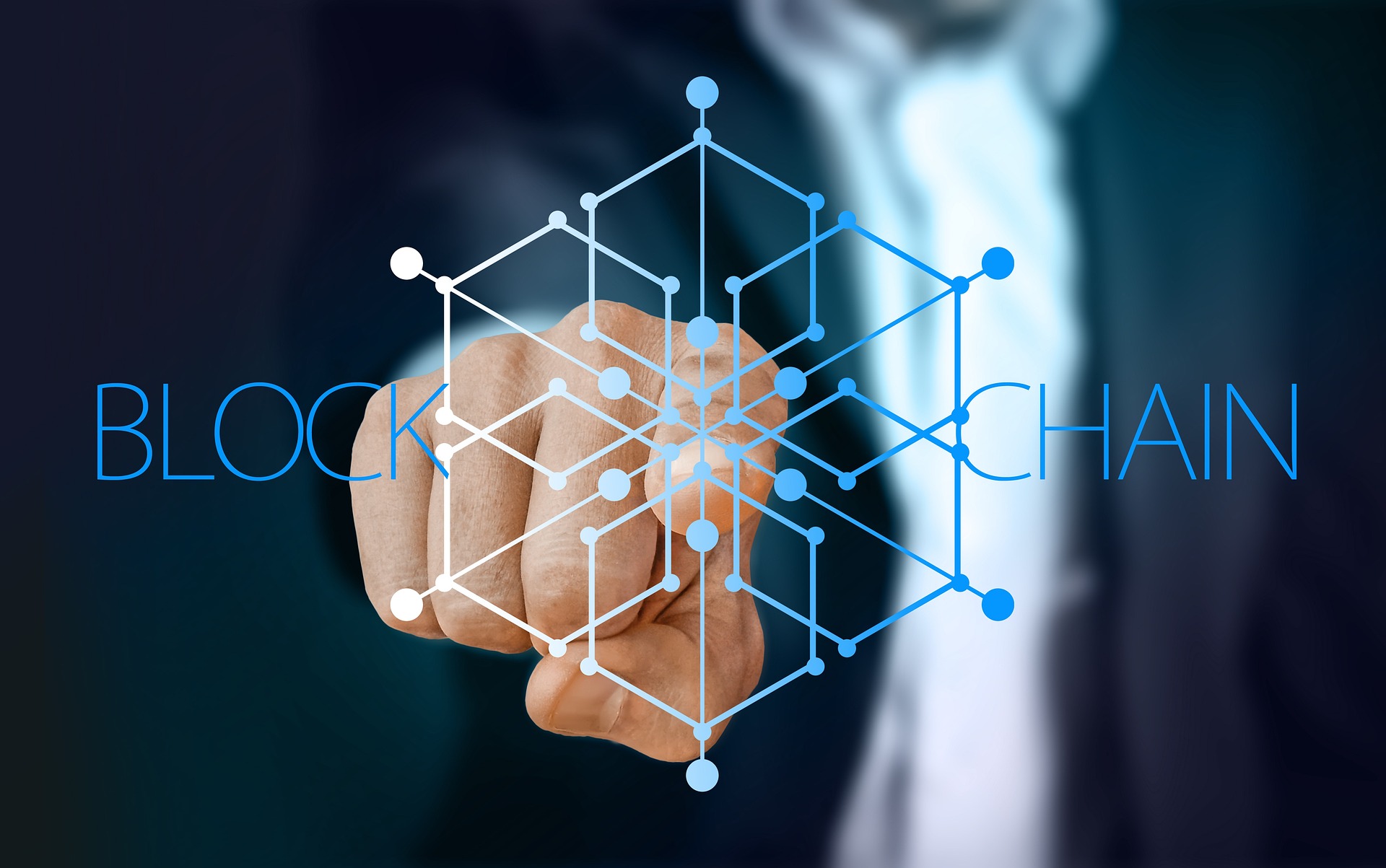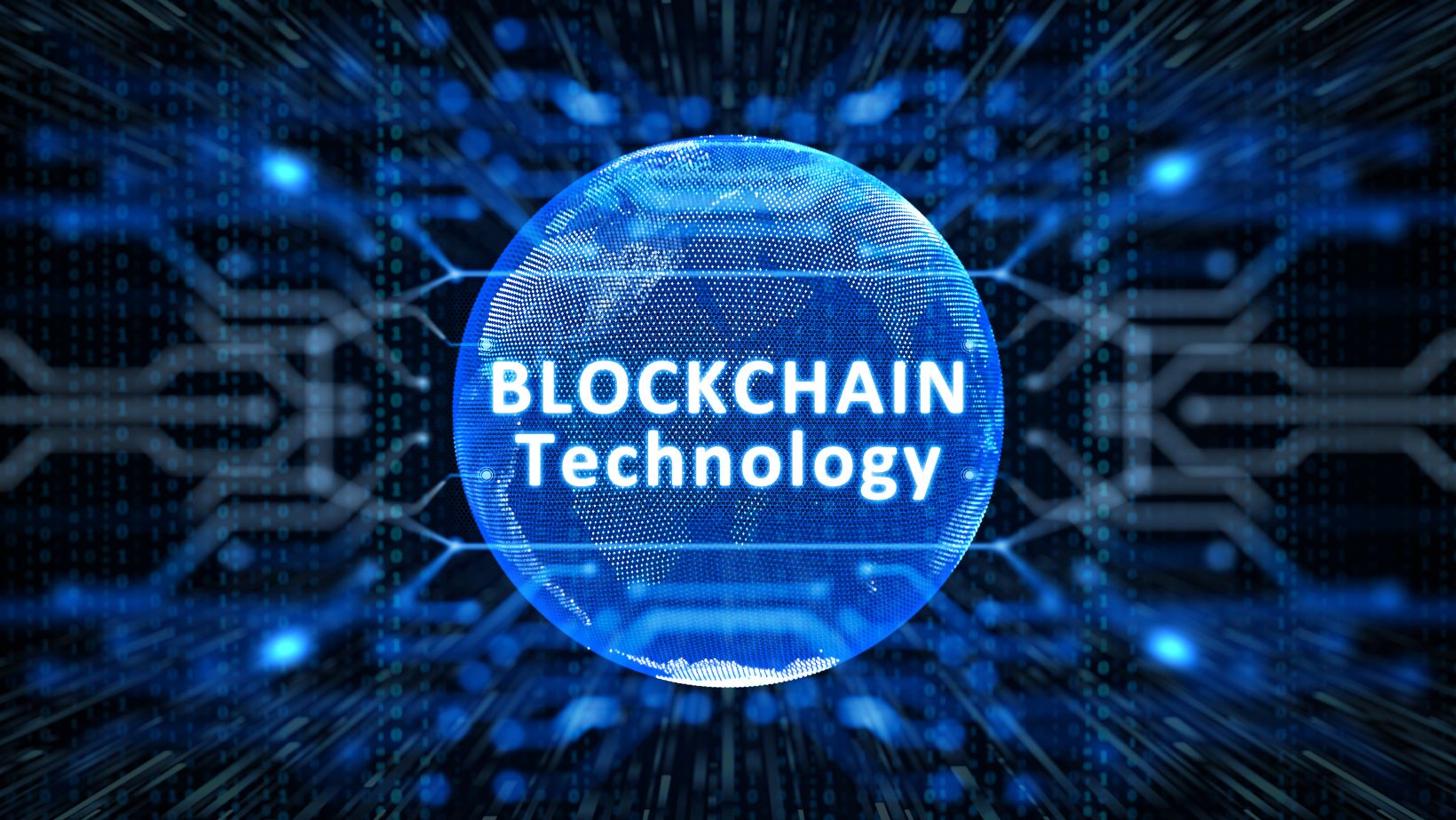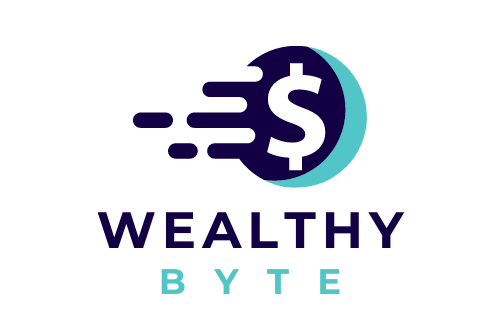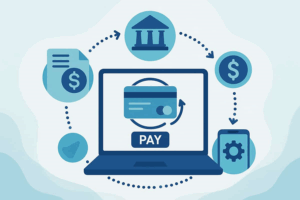
If you’ve ever used a blockchain like Ethereum or Bitcoin, you might have noticed that transaction fees can be painfully high, especially when the network is busy. But what if there was a way to speed things up and cut costs? That’s exactly what Layer 2 solutions aim to do.
More businesses are using Layer 2 to make blockchain work better and cost less. For tracking products, companies can now use Layer 2 to record information faster and cheaply, making it easier to track.
In iGaming, online metamask casino sites can reduce transaction costs and improve user experiences using Layer 2 solutions. A Metamask wallet interacts with Ethereum, and these online casino platforms often rely on Ethereum, where high fees can make small transactions, like placing bets or withdrawing winnings, expensive. Thanks to Layer 2 solutions like Polygon or Arbitrum, casinos can process transactions faster, allowing players to enjoy games without worrying about high fees and making blockchain-based casinos more accessible and efficient.
Understanding Layer 2 Solutions
Layer 2 solutions are technologies built on top of existing blockchains (called Layer 1) to improve performance. Think of a busy highway (Layer 1) where traffic jams are common. Layer 2 acts like an express lane, allowing cars to move faster without clogging the main road, and then reports the results back to the main chain.
Popular examples of Layer 2 solutions include the Lightning Network for Bitcoin and Polygon for Ethereum.
Layer 2 solutions reduce costs in two ways. Instead of processing every transaction on the main blockchain, Layer 2 handles them separately and only records the final result on Layer 1, essentially offloading transactions. It also bundles transactions, combining multiple transactions into a single transaction, saving space and reducing fees.
How They Work (Simplified)
There are a few different types of Layer 2 solutions, but the main idea is the same:
Rollups
Rollups like Arbitrum and Optimism group together multiple transactions and send a smaller, compressed version to the main blockchain, cutting costs by sharing fees. Optimistic Rollups trust transactions are valid unless proven otherwise, while Zero-Knowledge (ZK) Rollups use cryptography to instantly confirm them.
State Channels
State channels allow users to conduct multiple transactions off-chain and then record the outcome on the main blockchain.

Think of it as running up a tab at a bar and paying the total bill later instead of paying each drink separately. Bitcoin’s Lightning Network, for instance, allow near-instant transactions with almost zero fees, making Bitcoin a practical option for everyday payments.
Sidechains
These are independent blockchains that run parallel to the main chain. They have their own rules and can handle transactions much faster. Polygon is a popular sidechain on Ethereum.
Benefits of Layer 2 Solutions
Layer 2 solutions offer several benefits:
- Faster Transactions: Payments that used to take minutes or hours can now be completed in seconds.
- Lower Fees: Making blockchain transactions affordable for everyday users means making blockchain more accessible to everyone. For instance, Ethereum transactions on Layer 1 can cost over $10 during peak times. With Layer 2 solutions like Arbitrum or zkSync, fees can drop to just a few cents.
- Energy Efficiency: By reducing the workload on Layer 1, Layer 2 solutions consume less energy. For example, Immutable X, a Layer 2 solution, allows users to trade NFTs with zero gas fees, making it popular in the gaming industry.
- Improve Scalability: This allows blockchains to handle more users and transactions.
- New Use Cases: Microtransactions, such as tipping someone $0.01, become feasible.
Challenges of Layer 2 Solutions
While promising, Layer 2 solutions face some hurdles:
- Security Risks: Layer 2 solutions operate outside the main blockchain; they need strong security measures to prevent fraud or hacks.
- Adoption Barriers: Users and developers must learn to use these new technologies. Many Layer 2 solutions require extra steps, which can confuse beginners.
- Liquidity Issues: Moving funds between Layer 1 and Layer 2 networks isn’t always instant and can sometimes be costly.
- Compatibility Issues: Not all Layer 2 solutions work together, making it tricky to transfer assets between them.
The Future of Layer 2
As blockchain adoption grows, Layer 2 solutions are expected to play a crucial role. Innovations like hybrid rollups and modular blockchains are on the horizon, promising even greater efficiency and lower costs. New technologies like Saga’s Liquidity Integration Layer (LiL) are changing how blockchain works by making it easier to move assets between different networks and removing the need for traditional transaction fees.

Layer 2 is still evolving, and there are challenges to overcome like security and compatibility but the progress so far is promising, giving the blockchain a much-needed upgrade, making it faster, cheaper, and ready for the future.















